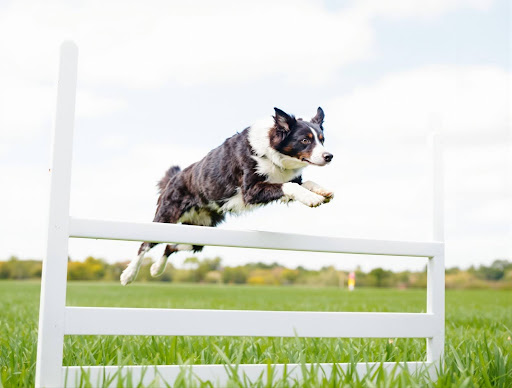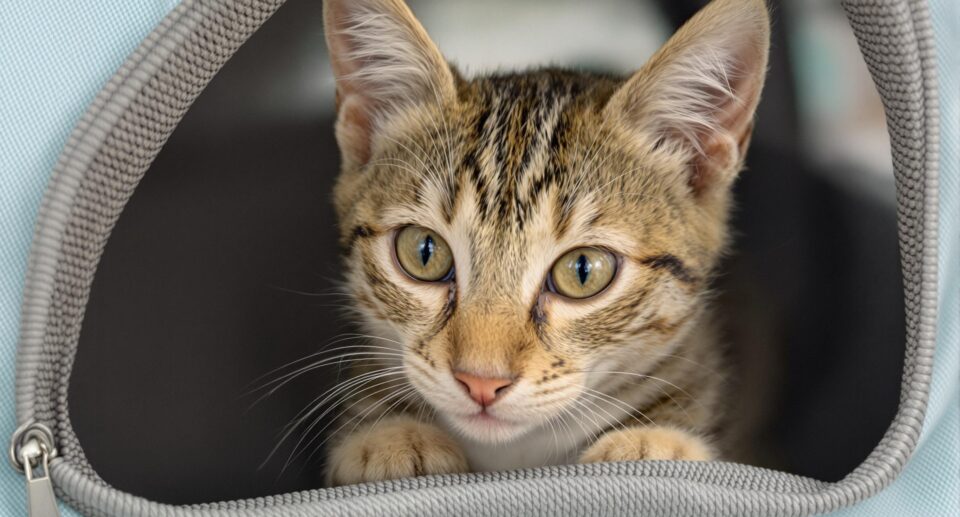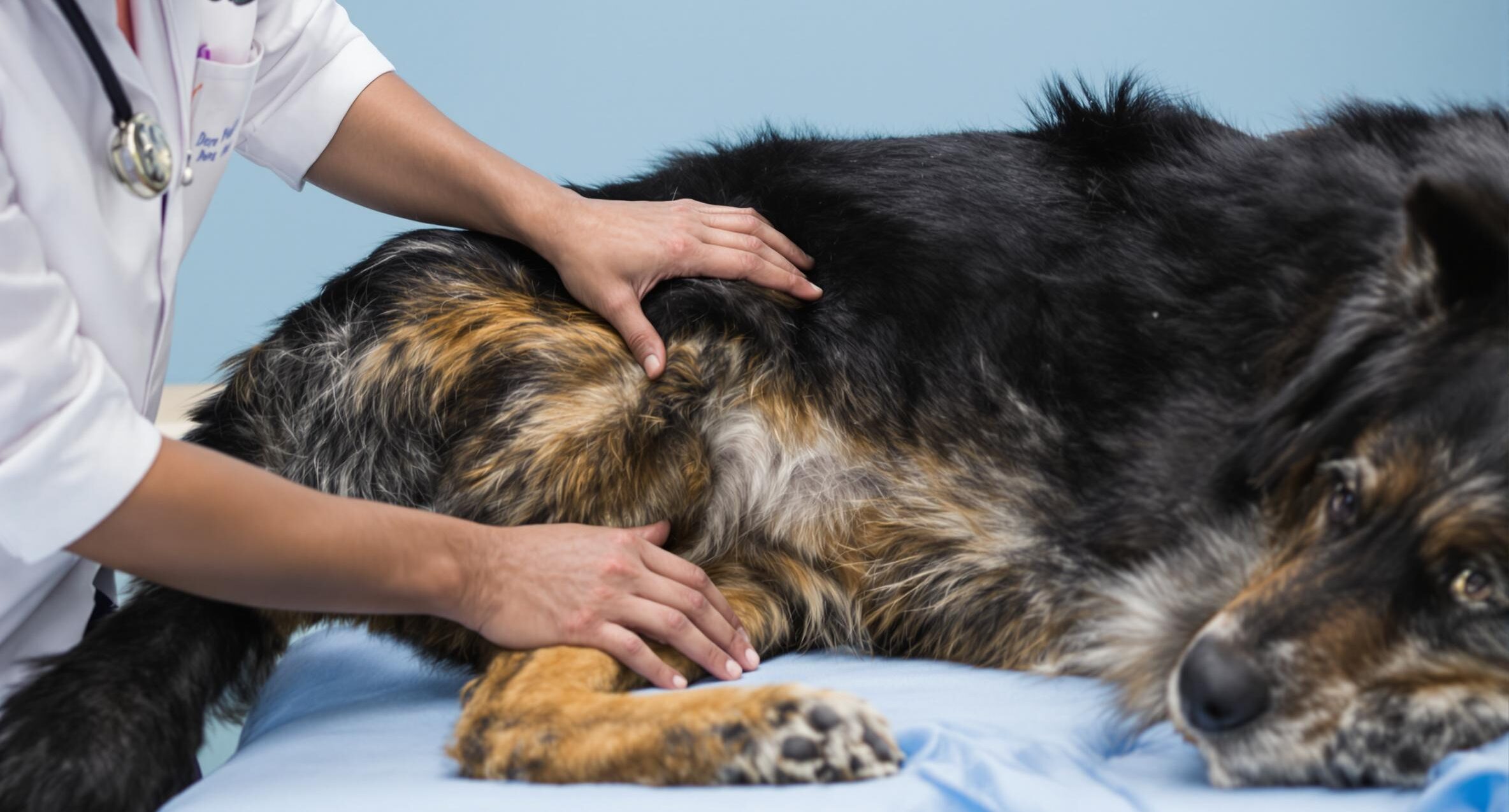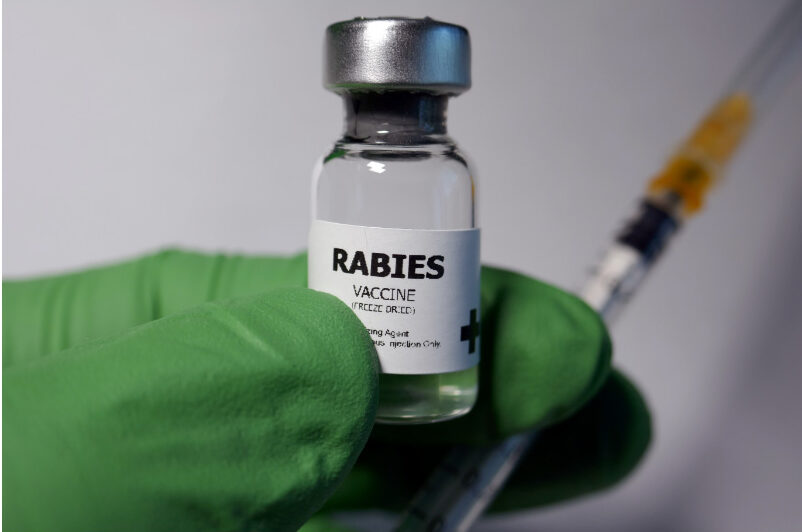How to Adopt a Dog: a Dog Lover’s Guide

As dog lovers, many of us have dreamed of bringing home a furry friend. But turning that dream into reality takes more than good intentions—it requires the right preparation and knowledge.
That’s why we’ve put together this detailed guide to help you confidently leap into pet parenthood, ensuring you have everything you need to make the best decision for you and your new companion.
Looking to read up more on caring for your pets or the different illnesses or infections that can affect them? PetHealthMD covers this and more! Check out our detailed guides on dog health and dog care!
Laying the groundwork for a successful adoption
Adopting a pet can be so gratifying. However, it is also a big commitment that requires thoughtful planning and preparation to ensure a smooth transition for both you and your dog. From assessing your lifestyle to setting up a welcoming home, each phase of the adoption process plays an important role in building a strong, everlasting bond.
To make things easier, we’ve broken the process down into eight simple steps, guiding you through everything you need to know before bringing your new companion home.
1. Assessing lifestyle compatibility
Adopting a pet is one of the most rewarding experiences you can have. But before you do, it is important to ask yourself: Do I have the time, energy, and resources to care for a pet every day? Dogs need daily walks, playing, training, and regular vet visits. So think about whether you are currently in a position to provide them with this and more.
You also have to consider the budget needed to raise your pet. From high-quality food and grooming to medical expenses and unexpected emergencies, pets come with their own needs. Also, take into account the funds you’ll have to keep aside in case of emergencies. Budgeting, especially for your pets, will save you money and financial strains in the long run.
Another factor you should consider is allergies. Many people only realize they have pet allergies after bringing a pet home, which can be stressful for both you and your new pet (though a hypoallergenic dog might be an option). If you’re unsure, getting an allergy test before adoption can rule out any potential difficulties for everyone in the household.
2. Exploring breed traits and energy levels

Choosing a dog that matches your lifestyle is essential for a happy and fulfilling companionship. Dogs have unique temperaments, energy levels, and training needs, and understanding these traits helps you choose a companion that fits your home and daily routine.
- Activity level & energy needs: Some dogs have boundless energy and need structured activities like running, hiking, or agility training to stay happy. Others are more laid-back and content with leisurely strolls and relaxed indoor play. If you have a busy schedule, a lower-energy dog or possibly a senior dog may be a better fit.
- Temperament & personality: Some breeds are naturally expressive and social, always eager to interact with people and other pets. Others are more independent and reserved, preferring quieter companionship.
- Trainability & behavioral traits: Highly intelligent dogs, such as German Shepherds, require mental stimulation and structured training. Some dogs may have stubborn tendencies and need patient, consistent training, while others pick up commands quickly and are eager to please.
- Location and space: Large dogs, in particular, will need space in your home. Keeping them in cramped spaces might lead them to break things frequently when they move around. Specialized dogs, also categorized as ‘working dogs,’ such as Boarder Collies or Belgian Shepherds, are known for their agility and speed. This means that they need lots of open land to run and race. Couping them up in a city environment could frustrate them down the line.
- Socialization needs: Some dogs are naturally friendly and love meeting new people and animals, while others may be cautious or reactive in unfamiliar situations. Ensuring proper early socialization can help prevent behavioral issues down the road.
- Aggression & special handling: Certain breeds have strong protective instincts or high prey drives. While they can make great companions, they require responsible handling, training, and firm leadership to ensure they integrate well into a family setting.
- Grooming & maintenance: Long-haired breeds may require frequent brushing and professional grooming, while short-haired dogs typically need less upkeep. Consider how much time and effort you will dedicate to grooming routines.
These considerations help you make an informed decision and choose a dog that complements your lifestyle, ensuring a happy and well-balanced relationship for years to come.
3. Meeting and bonding with dogs before finalizing
As you get to know your possible dog, keep his or her comfort level in mind. Find a quiet space in the shelter’s meet-and-greet area to socialize and play with your puppy. Find a quiet corner of the shelter’s meet-and-greet area where you may connect and play with your puppy. Relationships flourish when dogs can approach new people at their own pace. Keep your posture relaxed, avoid direct eye contact, and speak softly. A few treats can help break the ice, but focus on creating a calm atmosphere where trust can grow naturally.
Plan several visits across different days to build a strong foundation. Each meeting offers new chances to discover your compatibility through simple activities like walking together or practicing basic commands. If you think you aren’t making progress, don’t get discouraged! Some dogs need extra time to show their playful side or gentle nature.
4. Interacting with adoption sources
Take the time to visit several shelters and rescue organizations. Each shelter provides a unique opportunity to engage with dogs of varying personalities and energy levels. This will assist you in finding the ideal pet for your needs!
When considering adoption groups, prioritize those that uphold high standards of care and well-being. Quality shelters offer thorough health care to their pets, including vaccines, spaying/neutering, and microchipping. Responsible organizations also undertake extensive health tests, such as heartworm testing for dogs older than six months. For those
interested in puppies, remember that early development is precious—puppies thrive when they stay with their mother until at least eight weeks of age.
Building relationships with shelter staff is key to enriching your adoption journey. These dedicated individuals spend time with the dogs daily and can share valuable insights about their personalities, favorite activities, and ideal home environments. Share your lifestyle and hopes for pet parenthood with the staff – their experience helps match you with dogs whose energy and temperament align with your family’s dynamics.
Some of the important questions you need to ask are:
Health & care questions:
- “What does a typical day look like for this dog?” Inquire about mealtimes, restroom habits, and workout regimens. This allows you to keep the usual behaviors that make your new acquaintance feel secure.
- “Can you walk me through their medical history?” Discuss vaccines, previous injuries, and continuing health issues with the staff.
Personality & behavior:
- “How does this dog interact with other animals and children?” Understanding their social comfort level helps you determine how your new pet will react to the people around you.
- “What training methods have worked well?” Learn which commands they know, their favorite rewards, and any behaviors needing extra support.
Living requirements:
- “What kind of exercise makes this dog happiest?” Some dogs thrive on long walks, while others prefer short play sessions. Animal behavior experts recommend matching energy levels with your lifestyle, so questions like these will help you choose the right companion for yourself.
- “What special accommodations might this dog need?” Discuss any special dietary preferences, physical limitations, or emotional needs that will help your new companion feel loved and secure.
5. Completing the adoption process
Bringing a dog home is an exciting moment, and the adoption process ensures you find the right fit for both you and your future pet. While the details can vary by shelter or rescue organization, here’s what you can generally expect:
- Fill out an adoption application – Shelters typically require you to fill out a form covering your experience with pets, your living situation, your work schedule, and how you plan to care for your new dog. Be honest—this helps find the best match for you!
- Interview or consultation – Adoption counselors will often have a conversation with you about your lifestyle and expectations to ensure the dog is a good fit. They may also provide helpful tips on dog care and training.
- Home visit (if required) – Some organizations, particularly rescues, may add a home visit to their requirements. This is to ensure the environment is safe and suitable for the dog. This is more common for large breeds or dogs with special needs.
- Pay the adoption fees – Adoption fees help cover vaccinations, spaying/neutering, microchipping, and overall care. These fees vary based on the shelter and breed but typically range from $50 to $500.
- Sign an adoption agreement – Most shelters require you to sign an agreement committing to responsible pet ownership. This typically includes providing medical care, a safe home, and returning the dog to the shelter if you can no longer care for them.
- Bringing your dog home – Once everything is finalized, you can take your new furry friend home! Many shelters offer post-adoption support to help with the transition.
The adoption process can take anywhere from a few days to a few weeks, depending on the shelter or rescue organization.
The adoption process gives you a good week before you have to bring your new furry friend home! So, this is the best time to go in and get everything your new pet may need.
6. Preparing the home for your dog
Start by picking a quiet corner where your dog can relax and unwind. Add a plush bed, fresh water, and special toys to make it their own. While setting up this area, take time to secure your home by tucking away electrical cords, moving cleaning supplies to high cabinets, and removing any plants or foods that might be harmful to dogs.
Safety and comfort go hand in hand when welcoming a new pet. Install 36-inch baby gates in doorways to guide your dog’s exploration of their new territory. Clear walking paths of any breakable items or obstacles, especially during those first exciting days of discovery. A good way to go about this is getting down to your dog’s eye level to spot potential hazards you might miss from above – it’s incredible what you’ll notice from their perspective!
Before the big day arrives, gather all the essentials to make your dog feel cherished and secure. Start with properly fitted food and water bowls, a sturdy collar with ID tags, and a leash for walks together. We recommend starting with the same food brand your dog currently enjoys to keep their tummy happy during the transition.
7. Bringing your dog home
The first few days in a new home can be overwhelming for your new dog, so keep things calm and predictable for them. While puppies often adapt within 1-2 weeks, adult dogs might take 3-4 weeks to fully relax in their new space.
Here is a routine you can follow to get them settled in:
- Start with a 10-15 minute neighborhood walk before entering your home – this simple activity reduces anxiety and builds positive associations with their new territory.
- Limit visitors to your home for the first 48 hours. This will ensure that things are calm for them. Guide your dog to their cozy space, then let them set the pace for exploring.
- Map out a daily rhythm that works for you and your dog. Regular meal times at 7 a.m. and 6 p.m., potty breaks every 4-6 hours, and exercise sessions make each day predictable and comfortable.
- Once your dog shows interest in treats and toys, build confidence through 5-minute training sessions.
- Notice small wins – a wagging tail during breakfast, choosing to nap near you, or showing curiosity about toys. These moments highlight the rewarding journey of dog adoption and will also give you the motivation to maintain this care routine.
8. Scheduling a vet checkup
A vet visit should be one of your first priorities! Within the first week, schedule a wellness exam where your vet will:
- Check your dog’s overall health, including weight, coat condition, and any underlying medical issues.
- Update vaccinations if needed, ensuring protection against common diseases like rabies, distemper, and parvovirus.
- Discuss flea, tick, and heartworm prevention, recommending the best options based on your dog’s lifestyle and environment.
- Perform a dental checkup to assess oral health and discuss proper dental care routines.
- Review diet and nutrition to give your dog the right balance of nutrients for their breed, age, and activity level.
Regular vet checkups help detect potential health concerns early, ensuring your dog stays happy and healthy. Maintaining a good relationship with a trusted veterinarian will provide essential guidance throughout your pet’s life. Stay on top of wellness visits, and don’t hesitate to ask your vet questions about your dog’s care and well-being.
Addressing common adoption questions
From first-day jitters to settling-in routines, these answers will help you create a loving, stable environment for your new family member while easing common adoption concerns.
How do I help my new dog feel secure in their new home?
Help your new friend feel safe by starting with a gentle, quiet introduction to one room at a time. Keep your pup on a leash during their first home tour, allowing them to comfortably explore while you offer gentle encouragement and praise. Most dogs need 7-14 days to adjust to new surroundings, so maintain a calm, patient approach during this precious bonding time.
What veterinary care should I prioritize after adoption?
Schedule a full medical checkup for your dog within the first week to ensure their health. Your veterinarian will validate microchip information, do heartworm tests, evaluate dental health, and develop a personalised preventive care plan. This consultation will also involve a check of your dog’s vaccination records and a discussion of diet alternatives customised to his individual needs.
What’s the best way to introduce my new dog to existing pets?
Start building positive associations by exchanging scents between your pets using blankets or toys before their first meeting. Arrange introductions under close supervision in a neutral outdoor location, keeping sessions brief and rewarding calm behavior. Set up separate spaces with baby gates at home, allowing pets to observe each other safely while respecting their comfort zones.
How should I manage my new dog’s nutrition?
Begin with their current food, then gradually introduce new food over 10 days using specific ratios: 25% new food with 75% current food for three days, then 50/50 for three days, followed by 75% new food with 25% current food. Monitor your dog’s response and adjust the pace if needed. If you want to read up further on your dog’s nutrition, PetHealthMD covers the various nutrition needs you may be taking into consideration.
What daily routine helps my dog thrive?
Create a nurturing schedule with consistent meal times, regular potty breaks, and gentle exercise. Start with shorter, peaceful walks and gradually increase activity as your dog shows more confidence.
Your rewarding journey begins here
Welcoming a dog into your home marks the beginning of a beautiful friendship full of wagging tails and joyful moments. By selecting adoption, you’ve given a deserving dog a loving home, making your bond with each other even stronger. While each dog’s adjustment phase is unique, your commitment and affection make all the difference in making them feel at home.
As you build this special bond, PetHealthMD walks beside you with practical feeding and wellness guides, care tips for special needs pets, and expert advice on preventive health. If you’re looking to set up your home for your new pet, 1800PetMeds covers all your needs. From beds to bowls—you’ll find the perfect fit for your dog!





